Welcome to SignBase 2.0!
SignBase is an open access database for geometric signs on mobile objects in Prehistory. Its current focus lies on finds of the Eurasian Paleolithic. In this time period, geometric signs – also referred to as motifs, patterns, or marks – are abundant in parietal art as well as on mobile objects. The term "geometric" denotes simple non-figurative forms such as dots, lines, and crosses, as well as more complex patterns. This includes frequent semi-abstract depictions such as vulvae, but excludes figurative depictions of animals, humans, etc. Decorated mobile objects are mostly made of osseous material, like ivory, bone or antler, while also featuring other organic and inorganic materials.
The relevant mobile objects come from stratified archaeological contexts and are assigned to the particular archaeological units. The objects are the core elements of the database, carrying a unique identifier. With this identifier comes meta information about geographic and archaeological provenience, the type of object and material, size and preservation, literature references, as well as a drawing. The geometric motifs on each object are described using a specifically developed encoding. The database aims to enable quantitative comparative studies on the development of graphical expressions before the emergence of writing systems.
SignBase also provides geographic information, such as latitudes and longitudes for each object, and hence allows analyses of geographical distribution and clustering of artifacts and the respective geometric signs. Densities of sites with geometric signs, or densities of particular sign types give an overview of the abundance and distribution of signs. In the long run, this might be linked to population turn-overs, and respective cultural entities of the Paleolithic.
The meaning of abstract motifs in the Paleolithic is very difficult to understand. The lack of rich cultural and archaeological contexts often leaves particular signs in a vacuum that only allows for speculation with regards to their function and usage. However, techniques from quantitative linguistics can be used to assess the statistical properties of sign inventories.

This research has been originally supported by the DFG Center for Advanced Studies "Words, Bones, Genes, Tools" at the University of Tübingen led by Katerina Harvati-Papatheodorou and Gerhard Jäger. It is now funded by the European Union as part of the ERC Starting Grant The Evolution of Visual Information Encoding (EVINE). Views and opinions expressed are however those of the author(s) only and do not necessarily reflect those of the European Union or the European Research Council Executive Agency. Neither the European Union nor the granting authority can be held responsible for them.
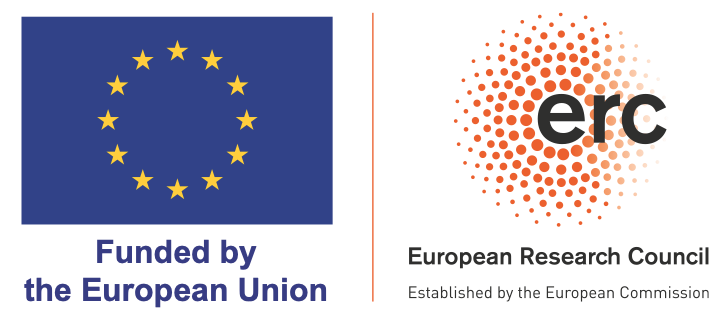

The relevant mobile objects come from stratified archaeological contexts and are assigned to the particular archaeological units. The objects are the core elements of the database, carrying a unique identifier. With this identifier comes meta information about geographic and archaeological provenience, the type of object and material, size and preservation, literature references, as well as a drawing. The geometric motifs on each object are described using a specifically developed encoding. The database aims to enable quantitative comparative studies on the development of graphical expressions before the emergence of writing systems.
SignBase also provides geographic information, such as latitudes and longitudes for each object, and hence allows analyses of geographical distribution and clustering of artifacts and the respective geometric signs. Densities of sites with geometric signs, or densities of particular sign types give an overview of the abundance and distribution of signs. In the long run, this might be linked to population turn-overs, and respective cultural entities of the Paleolithic.
The meaning of abstract motifs in the Paleolithic is very difficult to understand. The lack of rich cultural and archaeological contexts often leaves particular signs in a vacuum that only allows for speculation with regards to their function and usage. However, techniques from quantitative linguistics can be used to assess the statistical properties of sign inventories.
See also our YouTube channel for content relating to this research project.

Funding
This research has been originally supported by the DFG Center for Advanced Studies "Words, Bones, Genes, Tools" at the University of Tübingen led by Katerina Harvati-Papatheodorou and Gerhard Jäger. It is now funded by the European Union as part of the ERC Starting Grant The Evolution of Visual Information Encoding (EVINE). Views and opinions expressed are however those of the author(s) only and do not necessarily reflect those of the European Union or the European Research Council Executive Agency. Neither the European Union nor the granting authority can be held responsible for them.


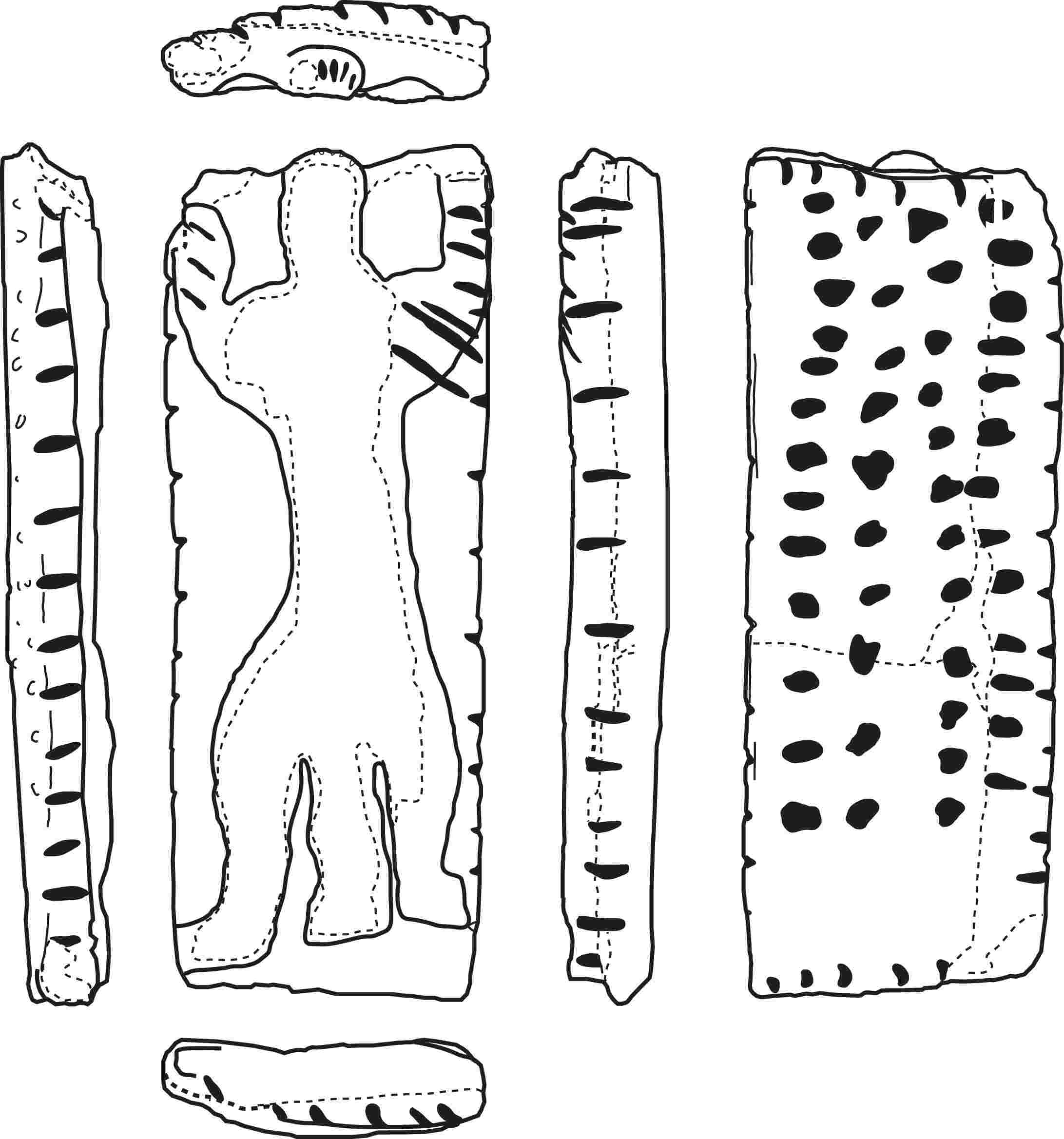
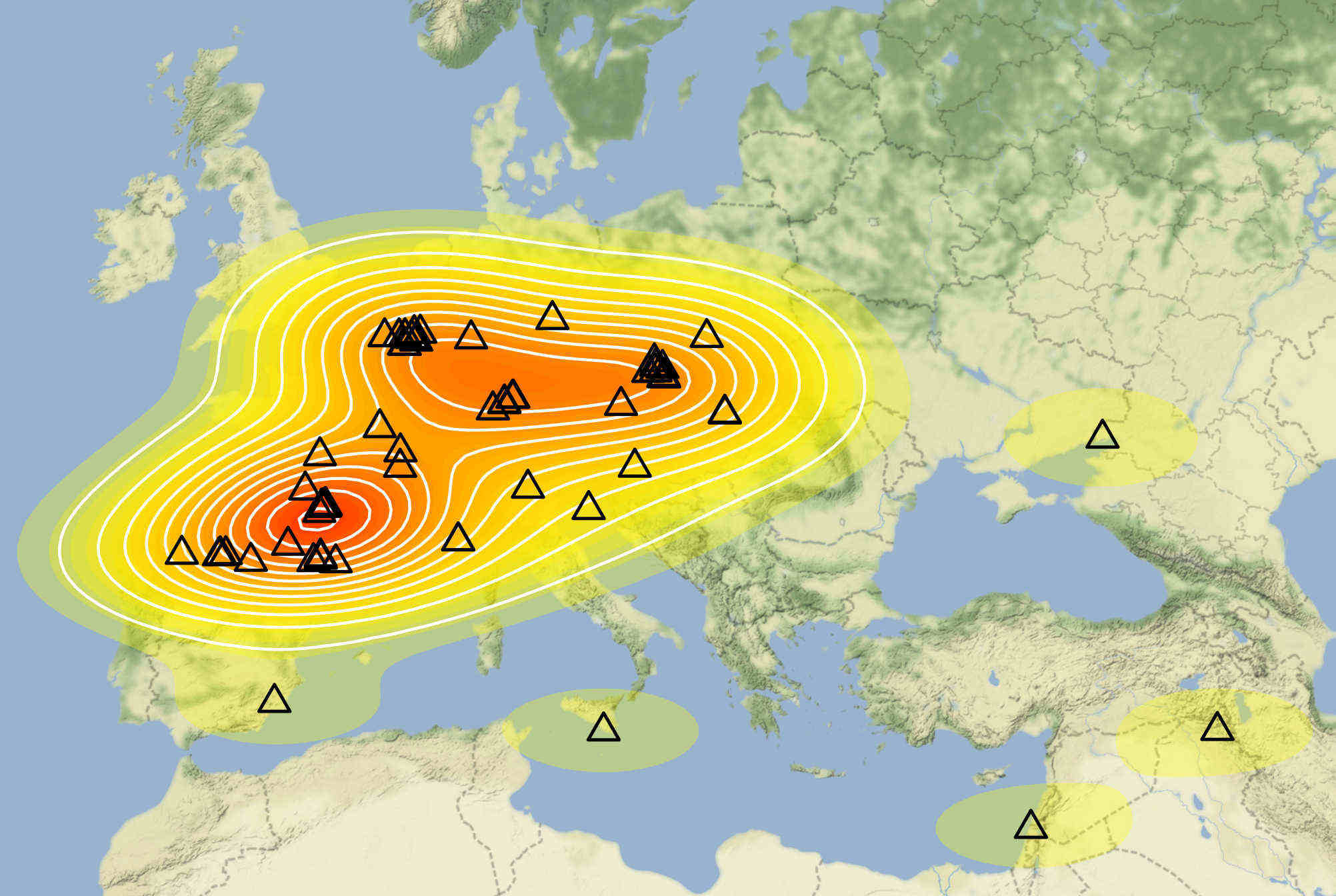
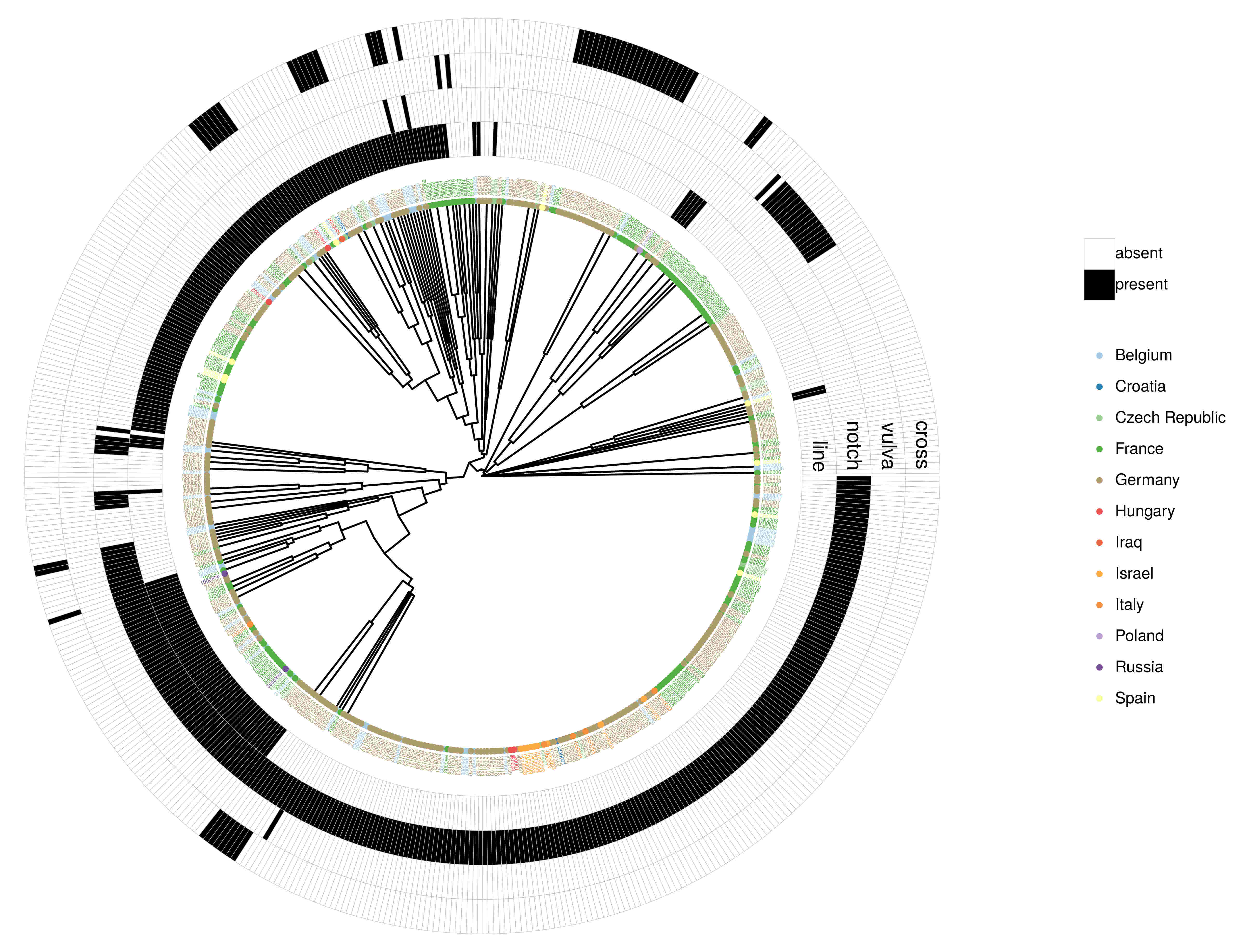
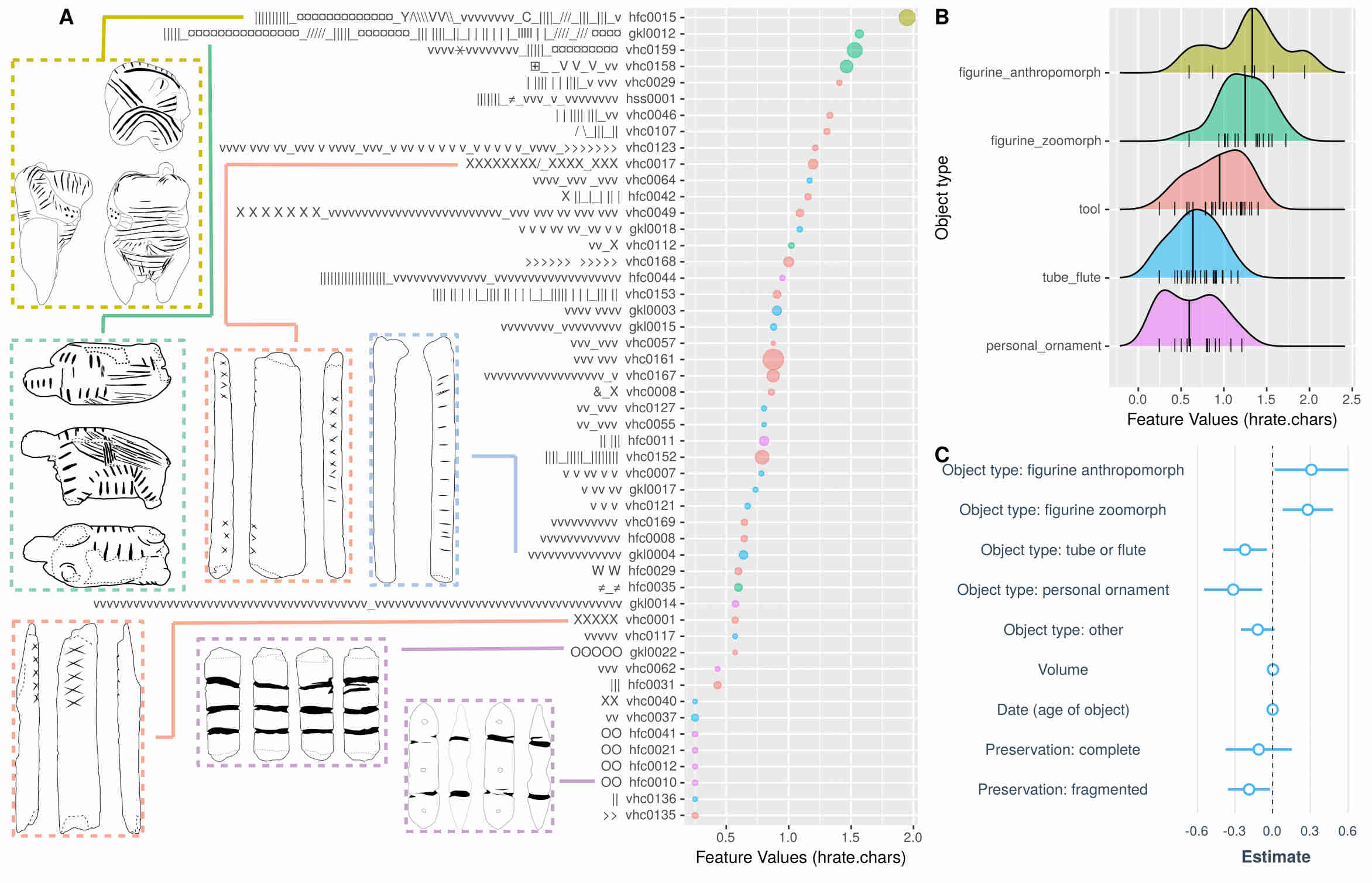
How to cite the dataset
SignBase is an open access database. If you use our data, please cite:
Dutkiewicz, E., Russo, G., Lee, S. Bentz C., SignBase, a collection of geometric signs on mobile objects in the Paleolithic. Sci Data 7, 364 (2020). https://doi.org/10.1038/s41597-020-00704-x
If you want to use our pictures, please contact us.
Dutkiewicz, E., Russo, G., Lee, S. Bentz C., SignBase, a collection of geometric signs on mobile objects in the Paleolithic. Sci Data 7, 364 (2020). https://doi.org/10.1038/s41597-020-00704-x
If you want to use our pictures, please contact us.